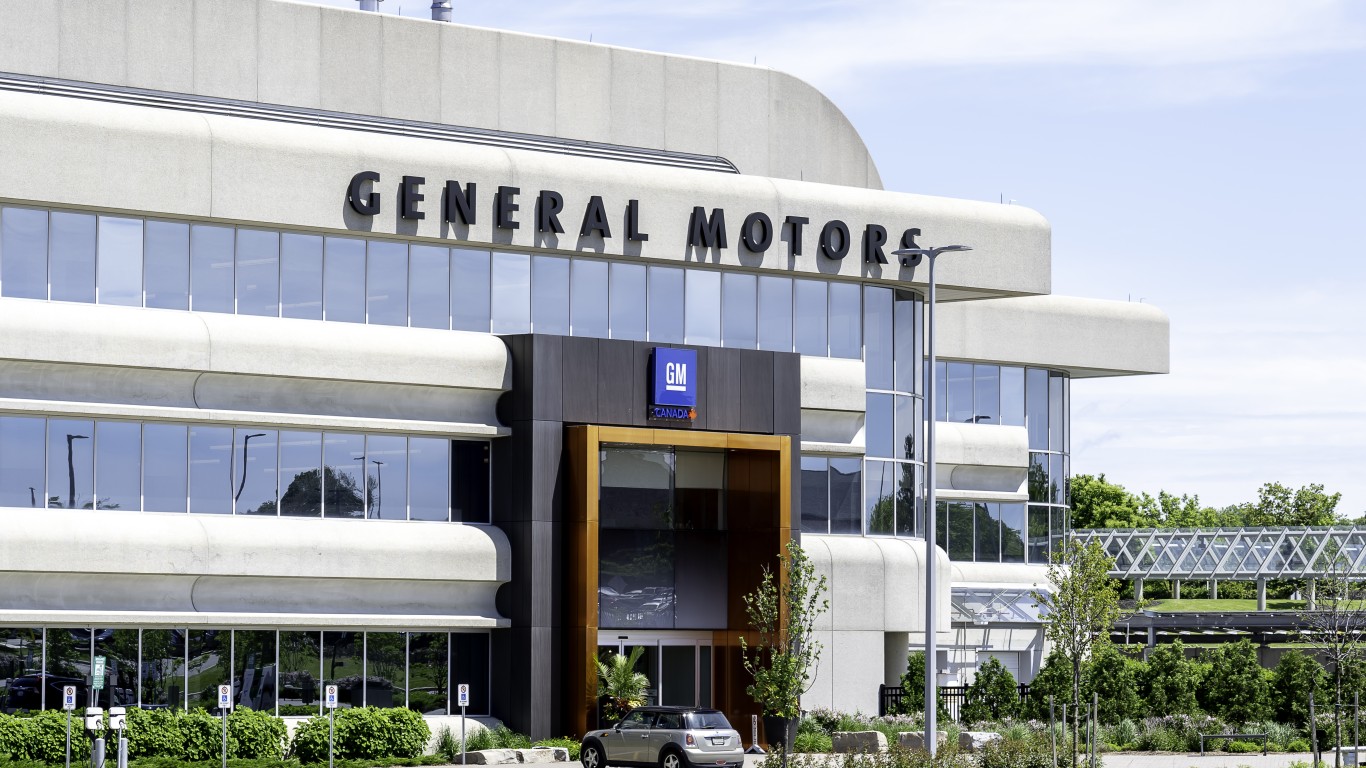
Ford reiterated its forecast for the year, calling for pretax profit in line with the $8 billion in profit booked in 2012. Operating margin is expected to be equal to or lower than 2012, and automotive cash flow is expected to be higher. The consensus analysts’ estimate for 2013 EPS is $1.39, which represents an negative adjustment of $0.07 per share since the end of the 2012 fourth quarter.
The company’s CEO said:
Our strong first quarter results provide further proof that our One Ford plan continues to deliver. Our plan remains centered on serving customers in all markets around the world with a full family of vehicles — small, medium and large; cars, utilities and trucks — each with the very best quality, fuel efficiency, safety, smart design and value.
CEO Alan Mulally stays on message, at least. Most of that statement comes from last quarter’s earnings report.
As the company predicted, operating margin in its automotive business is declining. In the first quarter of 2012, Ford’s margin was 6.4%, compared with 5.2% in the first quarter of this year. The company attributes the decline to sales in Europe and South America. Ford’s operating margin in Europe was a dismal negative 6.9%, which the company attributed to higher structural costs and higher pension expense. In South America, operating margin came in at an even worse negative 9.4%, attributed to unfavorable exchange rates, primarily due to the Venezuelan devaluation.
Operating margin in Asia was up, barely, by 0.2%, while North American margins rose by 11%. But the company expects North American margins to finish the year at around 10%.
Ford’s market share in China rose by more than a full percentage point, to 3.6% in the first quarter. The company expects to break even in its Asia-Pacific-Africa region, where volume and market share growth will be offset by expansion costs.
Ford’s shares are up about 1% in premarket trading, at $13.36 in a 52-week range of $8.82 to $14.30. Thomson Reuters had a consensus analyst price target of around $15.10 before today’s report.
Thank you for reading! Have some feedback for us?
Contact the 24/7 Wall St. editorial team.




